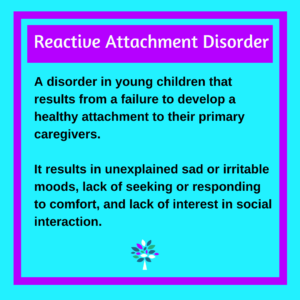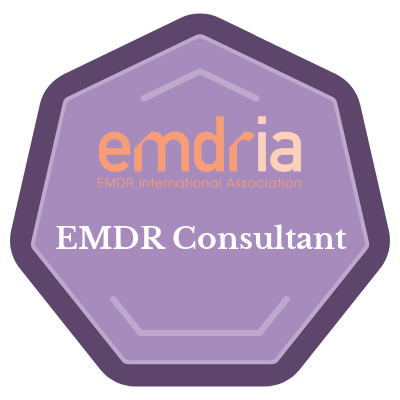Reactive Attachment Disorder

Reactive attachment disorder occurs when a young child doesn’t form a secure and healthy emotional bond with their primary caregivers. This lack of healthy attachment development is due to neglect and/or abuse. It is considered a rare disorder and typically affects children ages 9 mo to 5 years.
It is also possible that these children did form a healthy bond with their parental figures, but then was removed from those caretakers for some reason (incarceration, hospitalization, chronic illness). These kids may have been in multiple foster homes or been in an orphanage. Their needs for nurturing, comfort, feeding, and caring have often not been met in any consistent way.
These children typically have trouble managing their emotions as this skill is learned in relationship to their primary caregivers. These kids rarely seek comfort from caregivers, even if they are now with caring and consistent adults, as they did not learn that this was safe to do with their primary caregivers. They also do not seem to have much reaction when comfort is provided.
It is not that these children are incapable of forming healthy attachments, but they did not have the opportunity. There is no standard treatment for Reactive Attachment disorder, but early intervention is best. Treatment will focus on both the child and the caregiver to help and will focus on the child’s needs and fostering an environment in which attachment can develop. There are some unproved and controversial treatments for this disorder that involve restraining the child. These are methods that include physical restraint or force and are advised against by the American Academy of Child and Adolescent Psychiatry and the American Psychiatric Association.










